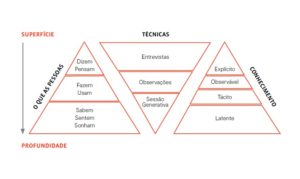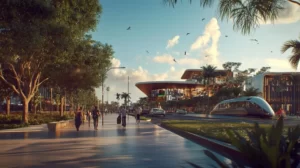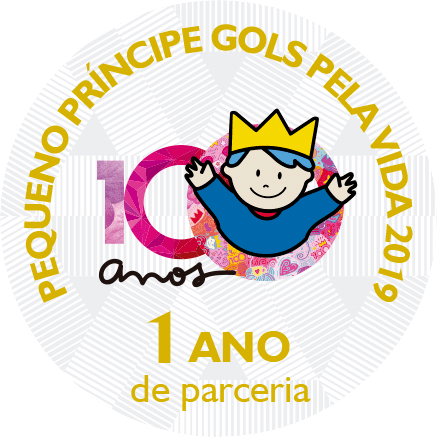The correct formulation of a problem is a key step of any innovation process – and this happens in immersion!
Immersion is the first of the three Design Thinking phases, and it goes through two steps: Preliminary Immersion and In-Depth Immersion. It is the moment when we approach the problem, using Ethnographic techniques.

Preliminary Immersion
Time to face the challenge face to face and discover the roots of the problem. In this first contact, it is normal for us to not be familiar with what we will find ahead. So, it is very important to control how we will figure it out. We have the method, but we need to understand the problem in depth so that we can as the right questions. This is why every information is relevant at first, because we are trying to observe perspectives that serve every stakeholder.
This reframing is very important for us to collect data, transform it in visual maps and use it to get our interlocutor ready to reflect.
In-Depth Immersion
Who are our stakeholders? How do they live? What do they do? What do they eat? These questions seem like the opening lines of a documentary, but they will be used by us now, but in much more depth. Our goal is to understand what people say, how they act, what they think and how they feel.
In order for this immersion to provide us with relevant information for the next phase (ideation), the interview has to be stimulating and not be influenced or restricted. After all, we want to really grasp the why’s behind behaviors, actions, reactions. This is precisely the information which we will use to define our personas.
As we can see, the interviewer is a fundamental tool in this process, because he can obtain the most relevant answers for the Empathy Maps and the User Journey.
Are you interested in making a PoC with us? Get in touch with us and discover our projects.




